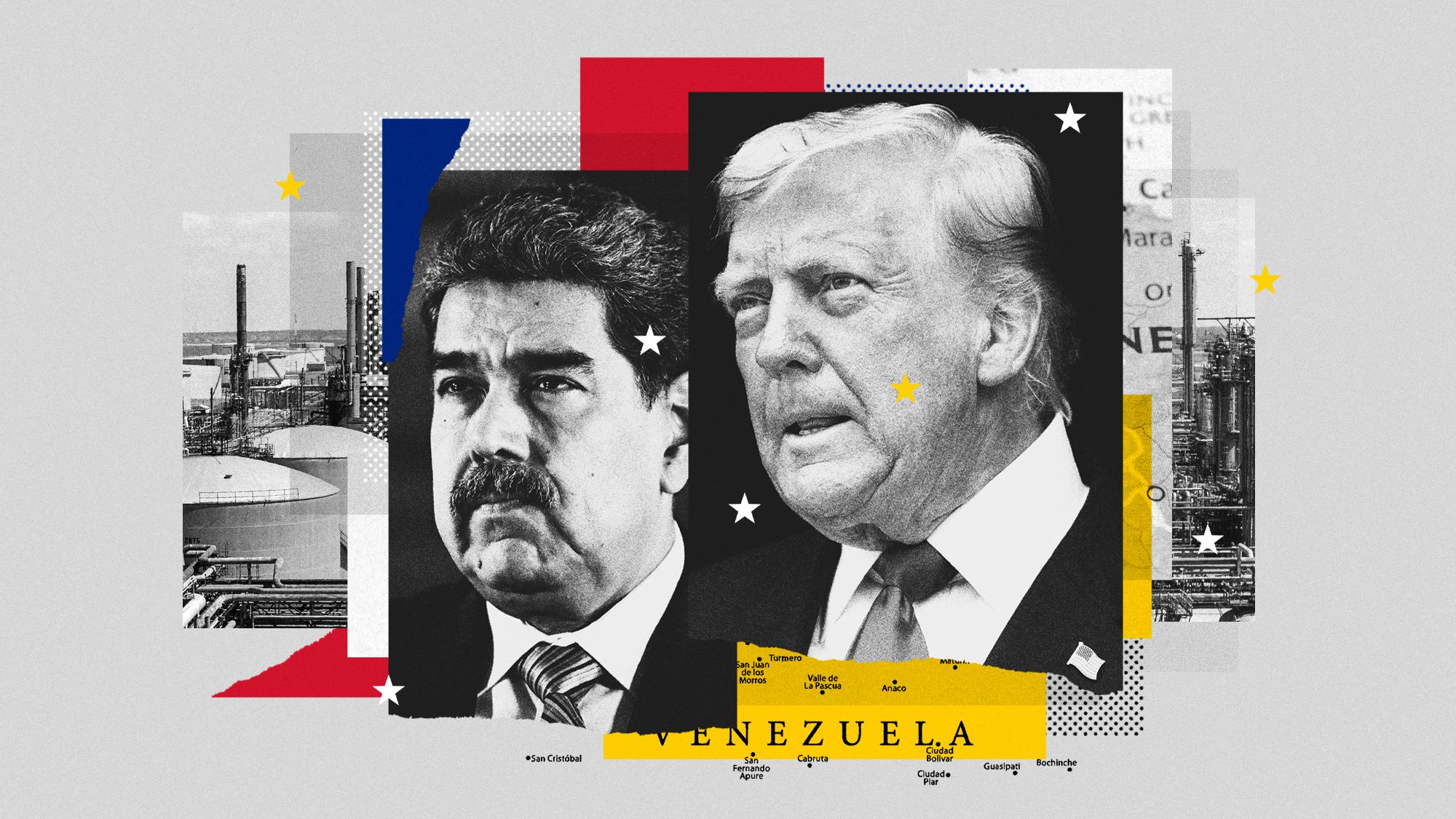Exhibit of the week: Destroy the Picture: Painting the Void, 1949–1962
A major art movement passed by almost undetected half a century ago.
Museum of Contemporary Art, Chicago
Through June 2
A major art movement passed by almost undetected half a century ago, said Kyle MacMillan in the Chicago Sun-Times. Shortly after World War II, a variety of artists working in different countries “tried to redefine the very nature of painting by slicing, singeing, and puncturing surfaces and sometimes doing away with paint altogether.” Some of those artists, including Yves Klein and Robert Rauschenberg, are better known for different work; others, like Japan’s Shozo Shimamoto and Spain’s Manolo Millares, are nearly forgotten today. Yet all in some way explored the relationship between destruction and creation. This exhibit, “the most comprehensive look yet at this surprisingly widespread yet little-known phenomenon,” makes coherent, definitive connections among the works of 26 artists from Europe, Asia, and the United States. It forces viewers to “rethink and expand the story of 20th-century art.”
The Week
Escape your echo chamber. Get the facts behind the news, plus analysis from multiple perspectives.

Sign up for The Week's Free Newsletters
From our morning news briefing to a weekly Good News Newsletter, get the best of The Week delivered directly to your inbox.
From our morning news briefing to a weekly Good News Newsletter, get the best of The Week delivered directly to your inbox.
The curators want us to believe that all these artists were responding to the Second World War, said Sam Worley in the Chicago Reader, and many of the works clearly do offer commentary on the destruction the artists witnessed. Gustav Metzger’s South Bank Demonstration, a 1961 installation in which he used acid to corrode sheets of nylon, was undoubtedly informed by his childhood in Nazi Germany and his parents’ death at Buchenwald. A trip to Hiroshima inspired Klein’s “haunting, ethereal” fire paintings, created by searing dampened cardboard with a blowtorch. Yet not all the artists experienced the war firsthand, said Lauren Weinberg in Time Out Chicago. The museum’s attempt to present all the works as products of that one conflict comes off, unfortunately, as a gross oversimplification. Still, it’s instructive to see such a diverse crop of artists working toward similar ends.
“Many of the works commingle fear and hope,” said Amy Cavanaugh in Chicagoist.com. American sculptor Lee Bontecou is represented by four untitled works that “leap out from the wall.” Composed of steel, wire, and fabric, they look like sections of a futuristic machine that’s fallen to earth, and each has a menacingly dark gaping hole at its center. Another featured artist, France’s Niki de Saint Phalle, created her signature works by firing a shotgun at bags of paint. She may have summed up better than anyone else what she and her far-flung compatriots were trying to accomplish. When she pulled the trigger, she said, it was “as though one were witnessing a birth and death in the same moment.”
A free daily email with the biggest news stories of the day – and the best features from TheWeek.com
-
 The MAGA civil war takes center stage at the Turning Point USA conference
The MAGA civil war takes center stage at the Turning Point USA conferenceIN THE SPOTLIGHT ‘Americafest 2025′ was a who’s who of right-wing heavyweights eager to settle scores and lay claim to the future of MAGA
-
 The 8 best drama movies of 2025
The 8 best drama movies of 2025the week recommends Nuclear war, dictatorship and the summer of 2020 highlight the most important and memorable films of 2025
-
 Why, really, is Trump going after Venezuela?
Why, really, is Trump going after Venezuela?Talking Points It might be oil, rare minerals or Putin